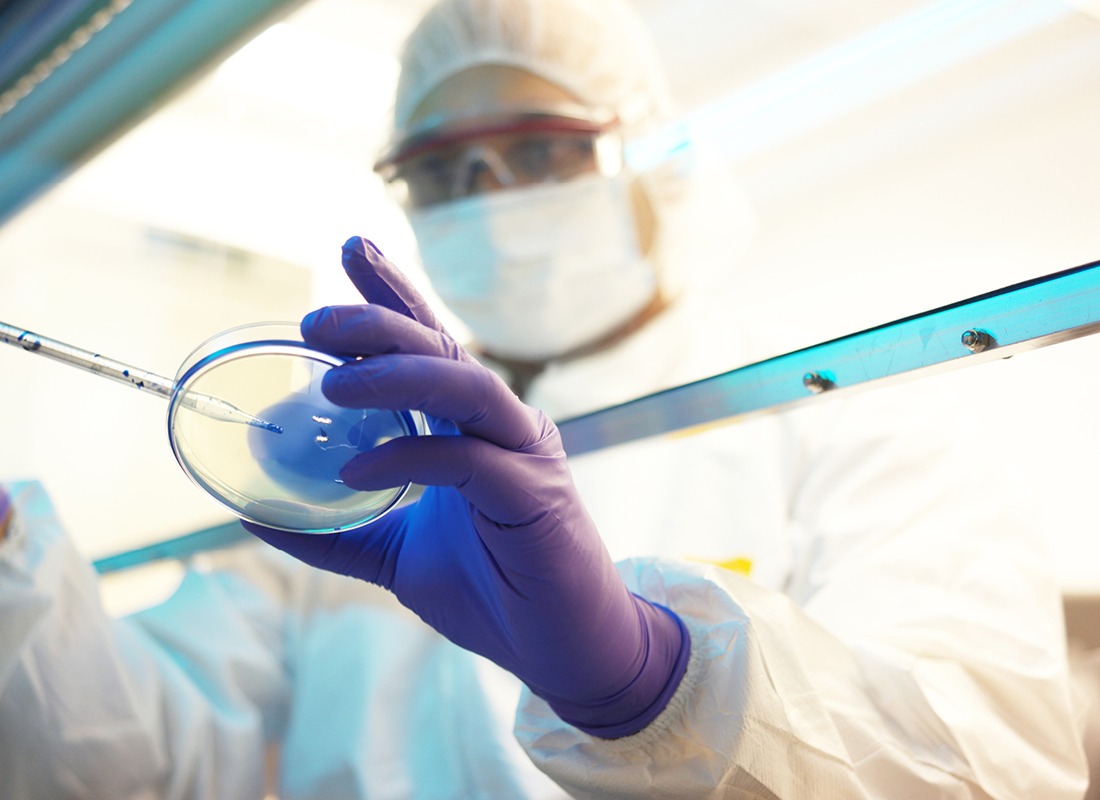COVID-19 Test Shortage Is Real & Likely to Last through 2020
Sadly, the question of whether there is enough COVID-19 testing in the U.S. to meet demand has become a political football. Here is a look at the findings of one group that set out to answer this question objectively and without political bias. The Need for COVID Testing Data One of the problems with evaluating the current state of COVID-19 testing in the U.S. is the lack of data. According to The COVID Tracking Project (the Project), a volunteer organization dedicated to collecting and publishing COVID-19 data, there is no complete account of COVID-19 testing data anywhere in the U.S. Since the U.S. government is not tracking and reporting COVID-19 testing data on a national level, the Project sought to collect this data from the public health authority in each state, territory and the District of Columbia—56 jurisdictions in all. Each of these authorities reports its data in its own way, including via online dashboards, data tables, PDFs, press conferences, tweets and Facebook posts. And while many states and territories have slowly moved toward more standard methods of reporting, the actual taxonomies and categories of information remain in flux. The Findings Based on the COVID-19 testing data it was able […]

Subscribe to Clinical Diagnostics Insider to view
Start a Free Trial for immediate access to this article